Brandon Yushan Feng
VIINTER: View Interpolation with Implicit Neural Representations of Images
Nov 01, 2022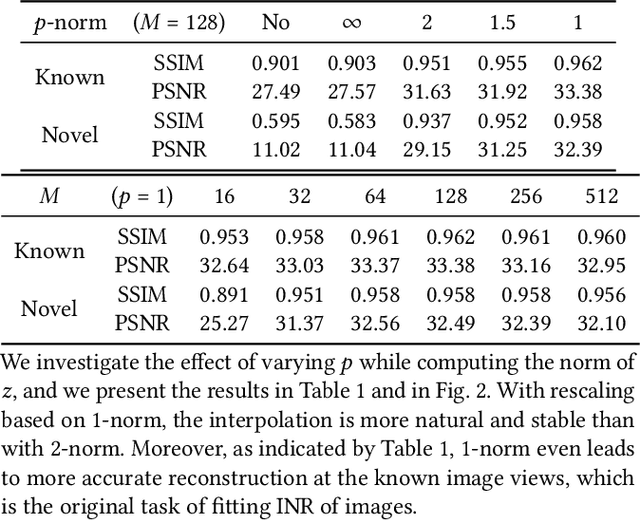
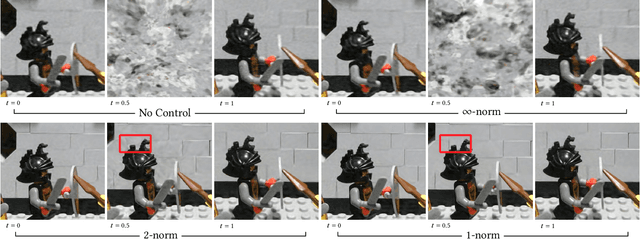
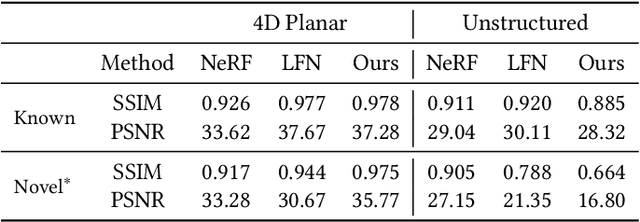
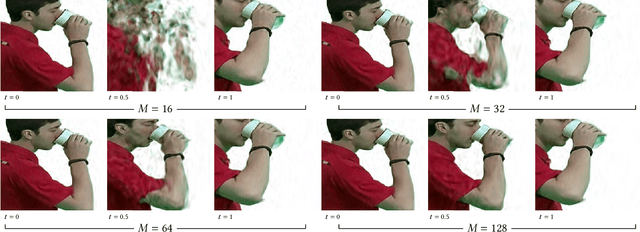
Abstract:We present VIINTER, a method for view interpolation by interpolating the implicit neural representation (INR) of the captured images. We leverage the learned code vector associated with each image and interpolate between these codes to achieve viewpoint transitions. We propose several techniques that significantly enhance the interpolation quality. VIINTER signifies a new way to achieve view interpolation without constructing 3D structure, estimating camera poses, or computing pixel correspondence. We validate the effectiveness of VIINTER on several multi-view scenes with different types of camera layout and scene composition. As the development of INR of images (as opposed to surface or volume) has centered around tasks like image fitting and super-resolution, with VIINTER, we show its capability for view interpolation and offer a promising outlook on using INR for image manipulation tasks.
PRIF: Primary Ray-based Implicit Function
Aug 12, 2022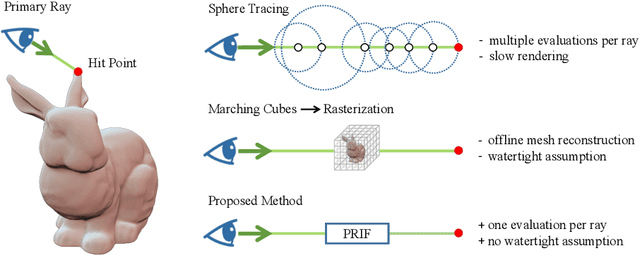



Abstract:We introduce a new implicit shape representation called Primary Ray-based Implicit Function (PRIF). In contrast to most existing approaches based on the signed distance function (SDF) which handles spatial locations, our representation operates on oriented rays. Specifically, PRIF is formulated to directly produce the surface hit point of a given input ray, without the expensive sphere-tracing operations, hence enabling efficient shape extraction and differentiable rendering. We demonstrate that neural networks trained to encode PRIF achieve successes in various tasks including single shape representation, category-wise shape generation, shape completion from sparse or noisy observations, inverse rendering for camera pose estimation, and neural rendering with color.
 Add to Chrome
Add to Chrome Add to Firefox
Add to Firefox Add to Edge
Add to Edge